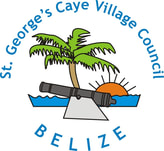|
This weekend we received a message from Mike Harvey, first cousin three times removed, of Rev. William Harvey, who was appointed to the British Honduras Wesleyan Missionary in 1903. Mike Harvey is updating the Find a Grave entries for his family and asked about Mrs Harvey, who was one of the 24 persons that perished in the 1931 Hurricane while she was with friends on St George’s Caye. Mrs Harvey is mentioned in several reports by survivors as being a guest of island residents. In 1931 Mrs Matilda Harvey was 55 years old and had worked with her husband in the service of the church for 21 years. Reverend William Harvey survived the 1931 hurricane since he was reportedly working in Corozal as he was the Methodist Church Chairman for Honduras. Mike Harvey shared some details and pictures that he had received from the Harvey's descendents and reported they were from Buckfastleigh, Devon, England. William Harvey Sr. emigrated to the U.S. around 1906 with all of his children, with the exception of Rev. William, who went on to do missionary work. The photograph of the couple is thought to be from their wedding in 1907 in Lawrence, Massachusetts. There is a memorial placque for Matilda Easterbrook Harvey in the Methodist Church in Buckfastleigh, Devon, England where both Matilda and William were born. The news clipping says Matilda and William were pupils at Sunday School and later became Sunday School teachers. After the passing of his wife, Reverend William went on to marry two additional times, first in 1933 and again in 1949. His second and third wives were sisters. William passed away in 1968 in Cheshire, England at the age of 92. Thank you Mike Harvey for reaching out and sharing this little piece of our St George's Caye history with us. Links: Matilda Easterbrook Harvey in Find a Grave SKETCHES OF THE WESLEYAN MISSION IN BRITISH HONDURAS, TO COMMEMORATE THE JUBILEE OF WESLEY CHURCH, BELIZE 1916
0 Comments
Panel of Historians visit Historic St George's Caye to revisit the Landmark Battle of 1798!9/9/2016 On September 8, 2016 Chairman Searle lead the team of historians that presented at the Belize History Association Lecture entitled " Spanish Reports on the Battle of 1798: Preliminary Findings" on September 7th in Belize City and Belmopan. The team has been working for the past two years on translating the documents that were found in the archives in Seville, Spain. The archival documents were written in old Spanish and had to be translated to modern Spanish. The team of historians that have been working on the translations include staff from NICH, UB and two universities in Mexico.
The preliminary translations reveal the events surrounding the 1798 Battle are primarily the same as those revealed in the British reports, but there are more details about the planning and the movements of the Spanish fleet which provide additional information on why the early settlers in the British Settlement in the Bay of Honduras were victorious against such great odds.
While the Spanish had good details about the fortifications of the settlement, including the forts located at Haulover - now Belize River Mouth - they had to overcome many other obstacles.
If you missed the lecture by the Belize History Association be sure to attend the 9th Annual Remembrance Ceremony at 11am on September at the Historic Cemetery on St George's Caye where some of the important findings will be presented! THE FIND An exciting find was made during the first week of the St George's Caye Archaeology Project’s 2016 Field Season. It is the first one found at St George's Caye and likely all of Belize. Specifically it is a British Napoleonic shako plate that were attached onto “stove-pipe” hats worn by members of the West India Regiment between 1800-1812. Mr Tony Barton, a model maker from the UK, features a private of the 5th West India Regiment, and the uniform worn at the time. In past field seasons the St George's Caye Archaeology Project has uncovered many buttons, and many specifically from the 5th West India Regiment. Helmet plates from this period did not have lugs or sliders so small holes were pierced and the badge sewn to the front of the Helmet. Finding intact shako plates is rare.
“SHAME BE TO HIM WHO THINKS BADLY OF IT” The origin of the symbol of the Most Noble Order of the Garter will probably never be known for certain as the earliest records of the Order were destroyed by fire. However one story goes that at a Ball, possibly held at Calais, Joan Countess of Salisbury dropped her garter and King Edward seeing her embarrassment picked it up and bound it about his own leg saying in French, "Evil, (or shamed) be he that that thinks evil of it" this is almost certainly a later fiction. This fable appears to have originated in France and was, perhaps, invented to try and bring discredit on the Order. There is a natural unwillingness to believe that the World's foremost Order of Chivalry had so frivolous a beginning. An alternative theory is that Edward III may outwardly have professed the Order of the Garter to be a revival of the Round Table, it is probable that privately its formation was a move to gain support for his dubious claim to the French throne. The motto of the Order is a denunciation of those who think ill of some specific project, and not a mere pious invocation of evil upon evil-thinkers in general. 'Shame be to him who thinks ill of it' was probably directed against anyone who should oppose the King's design on the French Crown." It is thought more likely that as the garter was a small strap used as a device to attach pieces of armor, it might have been thought appropriate to use the garter as a symbol of binding together in common brotherhood. Whilst the motto probably refers to the leading political topic of the 1340's, Edward's claim to the throne of France. PATRON SAINT GEORGE
The Order of the Garter is dedicated to the image and arms of Saint George, England's patron saint. It is serendipitous how this Shako plate that was found buried in the sand at St George's Caye. St George's Day is celebrated each April 23. Members of the British Forces who were stationed at the British Forces Adventure Training Center on the caye celebrated this day, and perhaps we should continue the tradition and honor St George who watched over the early settlers that became victorious soldiers in the Battle of St George's Caye. ST GEORGE'S CAYE ARCHAEOLOGY PROJECT Dr. James Garber, Texas State University, and Dr Lauren Sullivan, University of Massachusetts at Boston, along with the Institute of Archaeology and the St George's Caye Village Council have conduct field studies since 2009 at St George's Caye.
Legendary Oceanographer Dr. Sylvia Earle & Mr. Leatherback Visit Historic St. George's Caye!7/11/2013 July 6, 2013 was a special day at St. George's Caye where oceanographer, aquanaut and ambassador for the sea, Dr. Sylvia Earle, made an appearance at Historic St. George's Caye with Mr. Leatherback!
Enroute to the Oceanic Society Field Station at Blackbird Caye, Sylvia Earle and Rod Mast, new President at Oceanic Society, dove first on the Belize Barrier Reef with Sea Sports and John and Linda Searle, where they dove at South Gallow's and saw a gigantic stingray and free swimming moray eel! Between dives they visited Historic St. George’s Caye where Chairman Searle introduced Mr. Leatherback to some children on the island. Chairman Searle gave a brief presentation on the importance of Historic St. George's Caye in the early settlement of Belize by using his favorite prop, the Beli
The Department of Elections and Boundaries has scheduled Village Council elections for St. George's Caye for Sunday May 19, 2013. The elections will take place at the Historic Cemetery. Nominations are open from 9 am to 10 am, and voting will take place from 10 am until 1 pm. All residents are urged to come out and vote!
|
Welcome!Check back for update on activities and events on and around St. George's Caye! Archives
January 2022
Categories |

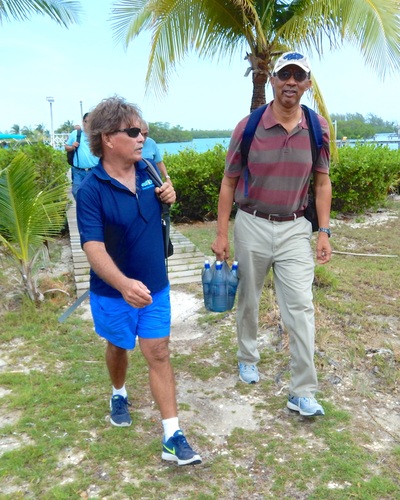
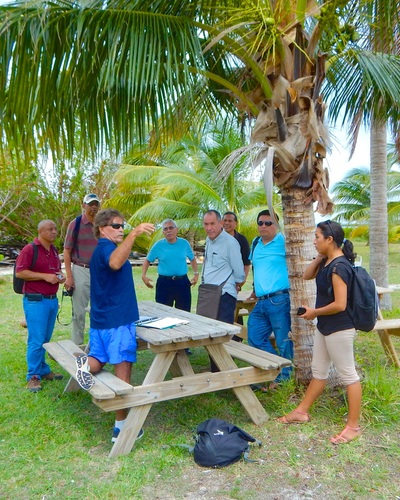

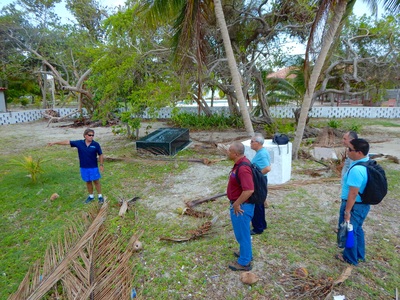
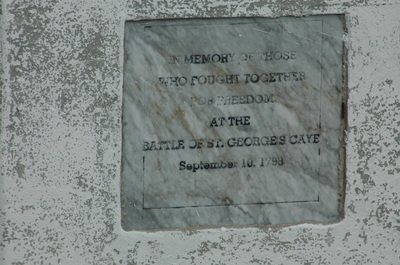
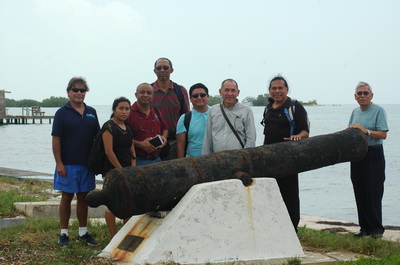
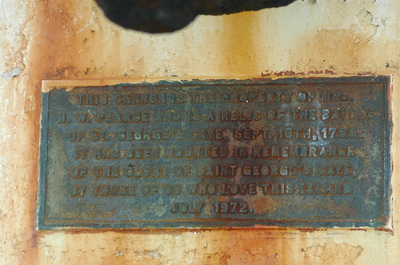
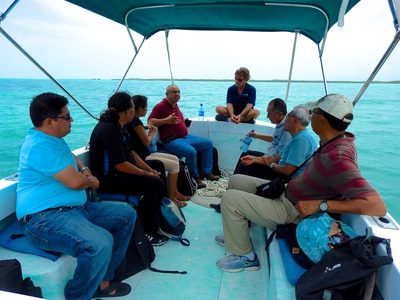
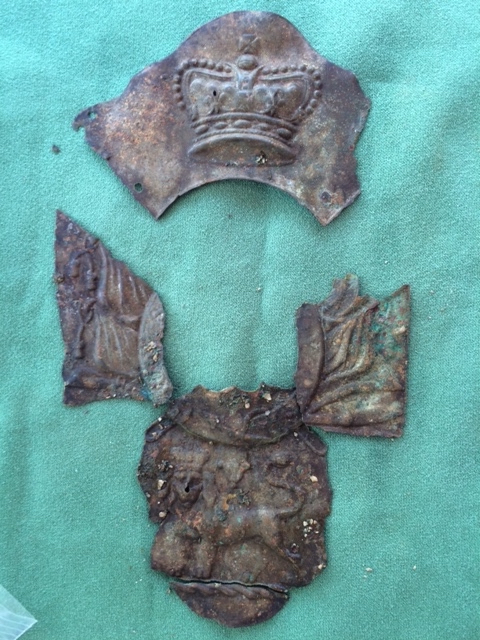
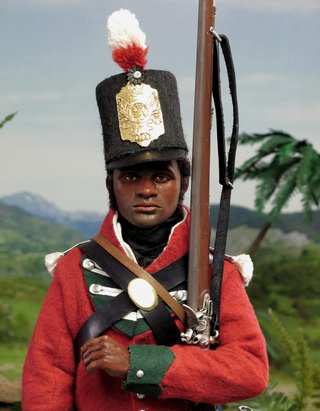
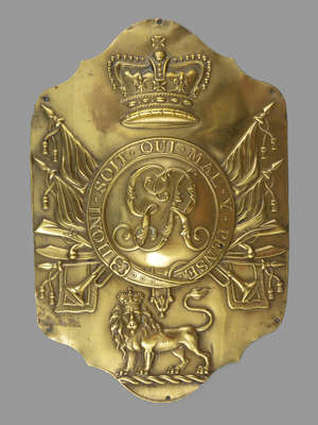
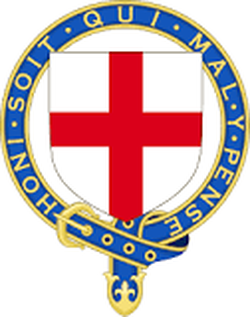
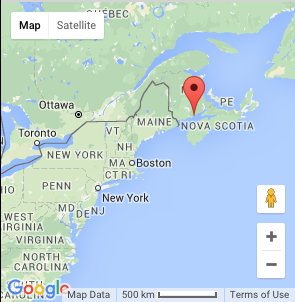
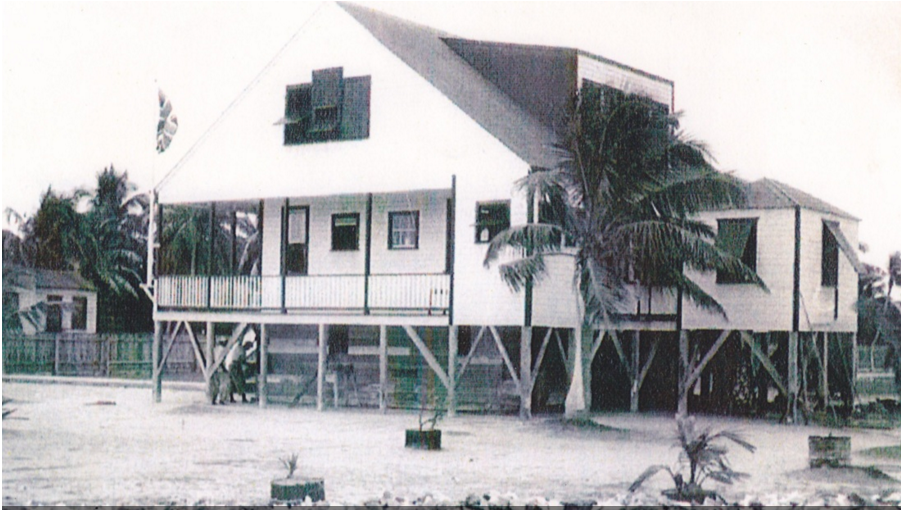
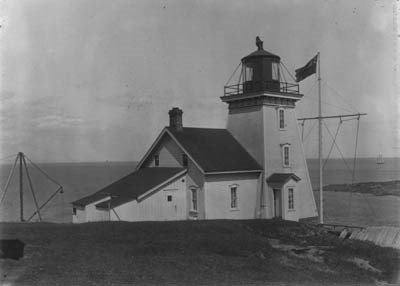
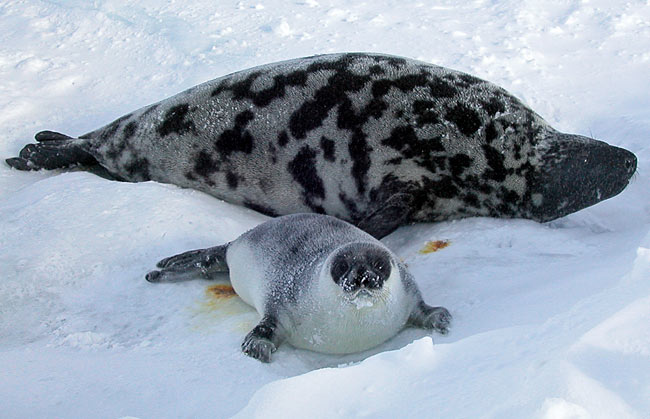
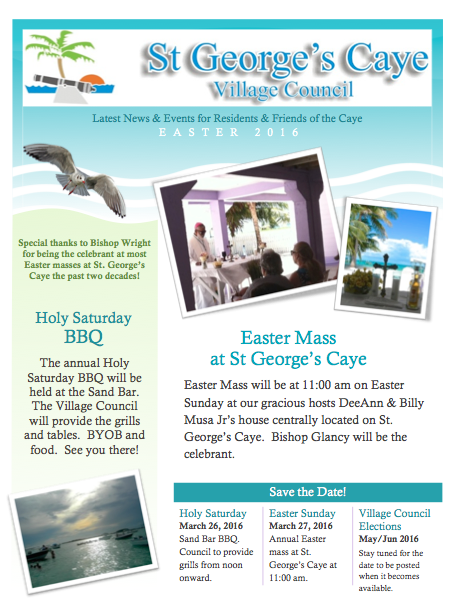
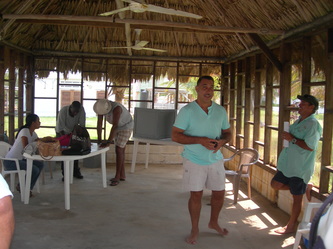
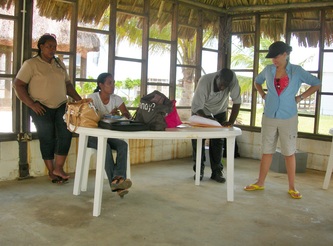
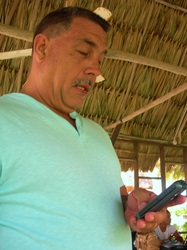
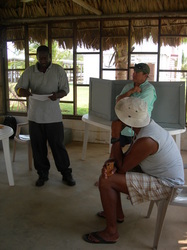
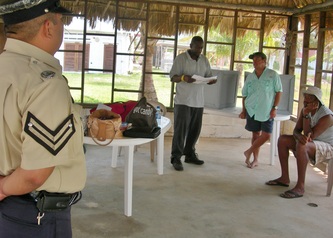
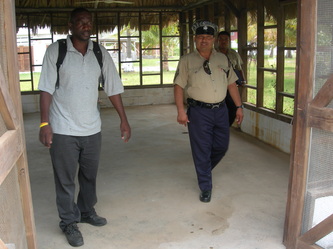
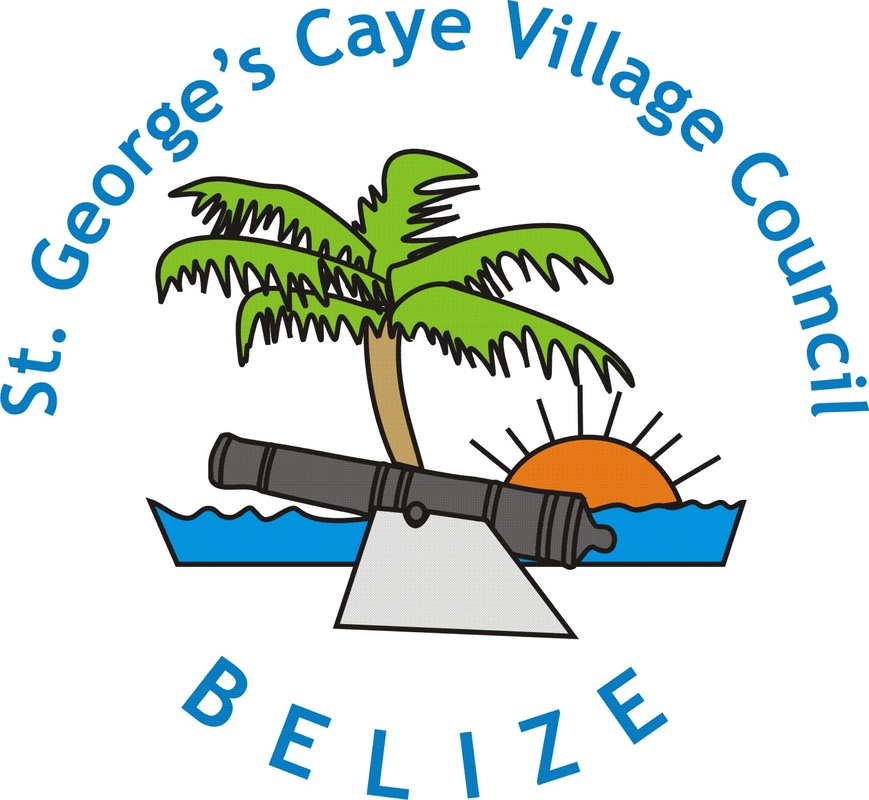
 RSS Feed
RSS Feed
